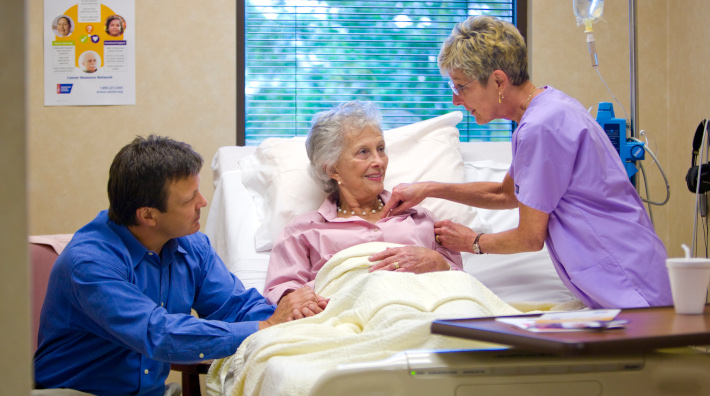Cancer News and Stories
Our team of experts brings you cancer-related news, features, and survivor stories.
For the latest news about research we conduct and fund, see ACS Research News.
Filtering by:
TreatmentCancer Specialists Gather to Discuss Innovations in Research and Treatment
Published on: June 1, 2023
Follow research highlighted each day in this ongoing meeting by checking out the ASCO News Highlights for People with Cancer blog.
Recent Advances in Lung Cancer Treatment Resulting in Lower Death Rates
Published on: August 17, 2020
According to a new study, death rates from non-small cell lung cancer have fallen sharply in recent years, mostly due to advances in treatment.
FDA Approves First Drug for Cancers with a High Tumor Mutational Burden
Published on: June 18, 2020
The US Food and Drug Administration (FDA) has expanded the approval of the immunotherapy drug pembrolizumab (Keytruda) to include any cancer with a high tumor mutational burden (TMB-H).
Medicare Expands Telehealth to Help Seniors Stay Home
Published on: March 19, 2020
Medicare has changed its policies to make it easier for older Americans to “see” their doctors without going in for an office visit, using their home computer or other device.
What You Should Know About Palliative Care
Published on: February 27, 2020
Palliative care is not just for end of life. It helps anyone with a serious illness manage the symptoms and stress of their condition. Learn about pain relief, emotional support, and other types of palliative care.
Caregiving Before and After Cancer Surgery
Published on: February 6, 2020
Taking care of someone who’s having cancer surgery may involve helping them get ready before the procedure, being their advocate during recovery, and then helping them get back to daily life again.
Protect Your Heart During Cancer Treatment
Published on: February 3, 2020
As cancer patients survive longer because of better treatments, they may be more likely to die of something else, including heart disease. There are often ways to help lower the risk.
FDA Approves Ayvakit (Avapritinib) for GIST
Published on: January 10, 2020
The US Food and Drug Administration (FDA) has approved Ayvakit (avapritinib) to treat people with advanced cases of gastrointestinal stromal tumor (GIST) that have a certain genetic mutation.






